Commencing a construction project in the biting cold of winter presents unique challenges, primarily due to the relentless chill that can significantly hamper productivity. Evidently, the necessity of insulated gear becomes paramount for construction workers, where each piece of apparel serves a dual purpose - providing warmth and upholding safety regulations. This article takes a comprehensive look at the array of insulated gear options suited for winter construction jobs, delving into market trends, key elements of winter construction gear, and the importance of layered clothing and insulation values. Notably, we'll also explore the employer's role in providing winter work gear and the vital role of waterproof work jackets. Let's unpack the importance of these essential pieces, aiding you in managing work comfortably and safely even in the coldest months.
Market Overview of Insulated Gears
An undeniable trend has been surfacing in the market - the escalating demand for insulated gears. It's a realm brimming with opportunities, boasting a staggering market value of USD 4.69 billion for insulated jackets alone in 2023. With the emerging trends in technology and sustainability, experts expect that value to skyrocket to a prolific USD 6.5 billion by 2032.
This upsurge isn't just restricted to jackets. It casts a wider net. Experts have seen a distinct inclination toward the active insulation market in North America, showing incredibly promising signs. They forecast it to reach USD 108.7 million by 2027. The driving force behind this trend, you might wonder? It hinges on a growing mindfulness toward energy conservation and the ever-rising demand for performance-enhancing clothing materials.
Furthermore, the global building insulation materials market cannot be overlooked, having swelled to $26.12 billion in 2023. This class of insulation is in high demand for its exceptional thermal performance and substantial contribution to energy savings.
In the United States alone, the building thermal insulation market paints a particularly promising picture. It is projected to reach around £15.71 billion by 2033, reflecting an increasing emphasis on energy efficient buildings and conservation practices in response to environmental concerns.
Not to miss the hot trend in the market, heated jackets; they show an impressive potential for growth. Projections indicate a rise in sales at an 8.2% Compound Annual Growth Rate (CAGR) through till 2033.
To wrap it up, the insulated gear market landscape is on an impressively upward curve. This snapshot displays lucrative possibilities for businesses and key players seeking to venture into, or expand within this market. From apparel to building materials, insulation is the keyword in market dynamism, reflecting its interconnections with sustainability, energy conservation, and technological advancements. The momentum the insulated gear market holds, reinforces its importance in business forecast models across sectors.
Key Elements of Winter Construction Gear
The icy chill of winter brings along a unique set of challenges for those doing construction work outdoors. Harsh conditions and plummeting temperatures demand not only additional safety measures but also specialized equipment. Today, we'll be discussing key pieces of winter construction gear that not only protect workers from cold stress but also enhance their performance despite the obstacles posed by wintry weather.Insulated Gloves
One of the most important components of winter construction gear is insulated gloves. Working with freezing-cold materials can take a toll on the worker's hands, causing numbness and decreasing grip strength. Thus, ensuring a pair of insulated gloves tops the essentials list. It not only provides an added shield of warmth but also helps in maintaining necessary dexterity and grip.Safety Boots
Sturdy and safe-footing is paramount in adverse weather. Safety boots with thick insulation and waterproof properties are ideal for trudging through snow and standing on cold surfaces for prolonged periods. These boots provide essential traction to prevent slips and falls on icy or slick surfaces, which are common workplace hazards during winter.Protective Winter Gear
When gauging the necessities of winter construction gear, we cannot overlook protective winter gear in general. Overalls with thick insulation, thermal socks, balaclavas, and face masks are the additional armour against the cold. They protect the workers from hypothermia and frostbite, ensuring that they can perform their tasks without their bodies losing vital heat.Heavy-Duty Work Boots
While safety boots are necessary, heavy-duty work boots again merit a special mention. With their superior soles and toe protection, they can withstand sharp objects, heavy falling items, and electric hazards. So, not only do they keep the feet warm, but they also help protect against common construction site risks.High-Visibility Jackets
Visibility drops significantly during winters, especially at dawn and dusk, or when it's snowing. Thus, incorporating high-visibility jackets into the winter gear aids in identification and decreases chances of accidents. The neon colours and reflective strips stand out against the white snow, ensuring workers are easily noticeable in low-light conditions.Insulated Hard Hats
Insulated hard hats are another indispensable element of winter construction gear. Construction workers are required to wear hard hats at all times on the job to protect from falling debris and head injuries. An insulated version of this safety staple helps keep the head warm, further protecting the worker from cold-related stress. Besides this, there's another piece of specialty grab you may want to consider. Best Rain Gear for Construction also plays a crucial role during winters, offering an extra layer of protection during unexpected showers or snowfall. To sum it, picking the right winter construction gear is about maintaining the delicate balance between warmth, safety, and usability. While we shouldn't prevent cold stress, the gear should still allow workers to perform their tasks effectively without any hindrances. Now, with the right gear in hand, you are now ready to take on winter's challenges head-on!Importance of Layered Clothing and Insulation Values
When you think about winter, you likely conjure images of roaring fires, hot chocolate, and, of course, dressing in warm, fluffy clothing layers. However, have you ever sat down and pondered the science behind why we don layers of clothes to keep warm during colder seasons? This rationale lies in the fundamental principle of insulation, a concept we can measure through Clothing Ensemble Insulation Values, more commonly known as Clo values. Translating this into layman's terms, these are standards used to gauge the thermal insulation provided by a clothing ensemble, allowing us to make informed decisions on what to wear for optimal comfort amid varying temperatures.
Clothing Ensemble Insulation Values (Clo)
Clo values, although generally lesser-known, play an integral role in maintaining body temperature during different seasons. A Clo value of 0 implies no insulation, whilst a value of 1 indicates the insulation needed to maintain a person's comfort in a still, room-temperature environment (around 21 degrees Celsius or 70 degrees Fahrenheit) without the need for the body to generate extra heat.
To break it down further:
- Light clothing such as shorts and t-shirts equates to a Clo value of approximately 0.36.
- Work clothes, consisting of long-sleeve shirts and full trousers, sit around the 0.6 mark.
- Clo values can reach up to 2.0 with heavy winter clothing including thick sweaters, coats, or thermal underclothes.
What does this mean in practical terms? The Clothing Ensemble Insulation Values range from 0.38 to 2.0, emphasizing the importance of layered clothing for thermal management in different temperatures. When the weather is chillier, you can add extra layers of clothing to increase your overall Clo value and thus, keep you warmer.
These values become exceptionally important as they help design functional apparel for different professionals, like those working in extreme cold situations such as Antarctic researchers or high-altitude mountaineers. Beyond this, it also aids us as everyday people to cognitively manage our thermal comfort based on our environment, activities, and clothing options.
Remember, the core principle is simple; the more layers you wear, the warmer you stay. Therefore, embracing the Clo values not only enables us to make informed decisions about what to wear to remain comfortable but also encourages us to dress wisely for any temperature we may encounter.
Employers’ Responsibility in Providing Winter Gear
Today's modern, employee-centric workplaces are recognizing more than ever the importance of ensuring their workforce's safety and comfort. This duty of care extends past typical health and safety standards and into broader, seasonally dependent areas. One such area drawing attention as temperatures drop, involves employers taking responsibility for providing winter weather gear, particularly for outdoor workers. These gear can typically include insulated coats, jackets, and gloves.
Insulated Coats
As a baseline protection against frigid winter temperatures, companies are increasingly investing in insulated coats for their workforce. These coats serve as a formidable first layer of defense against cold weather and can significantly contribute to employees' warmth and wellbeing.
The benefits of investing in insulated coats for your workforce are plenty:
- They provide excellent thermal insulation, helping to protect employees from extreme cold.
- They offer a comfort combo - they are both warm and lightweight.
- Their durable nature ensures they can weather the winter and beyond.
Jackets
Beyond insulated coats, jackets come as another essential winter gear that employers can provide. These jackets, usually windbreaker types, are especially important for workers exposed to high-wind conditions.
Why jackets are critical:
- Their wind-resistant properties keep workers protected against chilling winds.
- Made from robust materials, they promise to withstand harsh outdoor conditions.
- They serve to retain heat even in damp or wet working conditions.
Gloves
Lastly, employers should not dismiss the importance of gloves as part of winter gear. Ideal gloves for outdoor work in winter are those that are both insulated and water-resistant.
Advantages of providing gloves are:
- They protect hands, ensuring workers can perform their roles without fear of frostbite.
- Their insulating properties provide a level of comfort to the wearer during cold conditions.
- Water-resistant gloves can keep workers' hands dry, providing another level of comfort during outdoor work.
In the spirit of creating a safer, more comfortable work environment, employers need to prioritize providing winter gear to their workforce. By doing so, they not only exhibit a worthwhile investment in their employees, but they also contribute to overall productivity levels. After all, a warm and comfortable worker is less likely to fall prey to winter illnesses and more likely to maintain their performance, regardless of the chill in the air.
Significance of Waterproof Work Jackets
When it comes to working outdoors, it's critical to be prepared for the unpredictable turns of Mother Nature. This is particularly true for construction workers who brave the elements daily. One essential item that stands out on their checklists is the waterproof work jacket. It's more than a mere add-on; it's a life-saver, transforming bitter cold days and heavy downpours into productive work hours.
Crafted with windproof and waterproof fabrics, these jackets showcase optimal insulating performance. They protect you from the harsh and wet conditions typical of winter construction days, keeping you snug, warm, and dry. It traps heat, restricts wind, and blocks water from penetrating. It's this level of durability that makes them a favorite among those who endure severe environments day-in and day-out.
Why should you invest in these jackets? Here are a few compelling reasons,
- Survive harsh weather: Working in construction exposes you to unpredictable weather. Waterproof jackets provide an unbeatable shield against the cold, wind, and rain, enabling you to operate no matter what Mother Nature throws your way.
- Enhanced productivity: With the weather taken care of, the focus shifts entirely to the job at hand. No more distractions or discomfort from getting wet or feeling cold. It's all about doing the best and being the best.
- Durability & longevity: Waterproof work jackets are designed to withstand harsh conditions, ensuring they last long and provide value for your money.
But don't just take our word for it. Read our guide on choosing Waterproof Gear for Construction and see how these jackets can redefine your workday experience.
Just remember: a warm worker is a happy worker. And a happy worker is an efficient worker. So, optimize your time, effort, and wellbeing with a waterproof work jacket because sometimes, braving the storm is just part of the job.
Conclusion
The importance of having the right gear for winter construction work cannot be overstated. Safe and effective operations don't just rely on skill and experience — they also hinge on suitable, high-quality workwear. Insulated gloves, safety boots, waterproof jackets, and other elements of winter construction gear keep workers warm, comfortable, and focused on their tasks, despite the harsh weather conditions.
Employers also bear responsibility for ensuring that their teams are comfortably and adequately equipped during the winter months. Providing your team with dependable gear not only heightens job efficiency, but also underscores your company’s commitment to their well-being.
And if you're on the hunt for the best gear in the market, look no further than Rain Gear Pro. As a Pacific Northwest-based company, Rain Gear Pro understands all too well the challenges posed by demanding weather conditions. Their Canadian-made gear — from chainsaw safety pants designed to withstand crotch blowout, complete with Kevlar inserts, to other pieces of protective clothing — stand as proof of their dedication to quality and safety.
Selecting quality gear endows workers with confidence and security, enabling them to venture into their work zones protected against the elements. After all, the success of any construction project hinges not only on techniques and materials used, but also on the cradle of all these—the construction professionals themselves. Ensure their protection, and you're one step closer to a successful project execution.
Frequently Asked Questions
-
What are some popular options for insulated gear for winter construction jobs?
Some popular options for insulated gear for winter construction jobs include insulated jackets, pants, gloves, hats, and boots. Look for gear that offers high thermal insulation, water resistance, and durability to withstand harsh winter conditions.
-
What is the importance of wearing insulated gear during winter construction jobs?
Wearing insulated gear during winter construction jobs is important to stay warm and protect the body from extreme cold temperatures. It helps prevent hypothermia, frostbite, and other cold-related illnesses, ensuring the safety and well-being of workers.
-
Are there any specific features I should look for when choosing insulated gear for winter construction jobs?
Yes, when choosing insulated gear for winter construction jobs, look for features like windproof and waterproof materials, adjustable cuffs and hoods, thermal lining, multiple pockets for storage, and reinforced knees and elbows for extra durability.
-
How should I layer my clothing under insulated gear for maximum warmth?
For maximum warmth, it is recommended to layer your clothing properly under insulated gear. Start with a moisture-wicking base layer, followed by a mid-layer for insulation, and then wear the insulated gear as the outer layer. This layering technique helps to trap and retain body heat.
-
Can insulated gear be used for other outdoor winter activities besides construction jobs?
Yes, insulated gear designed for winter construction jobs can also be used for other outdoor winter activities like hiking, skiing, snowboarding, and snowshoeing. They provide the necessary warmth and protection against cold weather conditions.



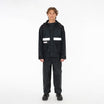
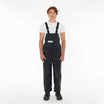

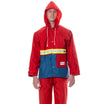
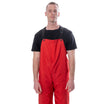
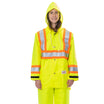
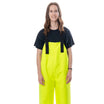
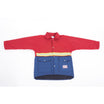
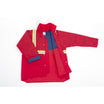

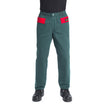
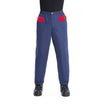
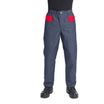
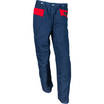
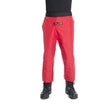
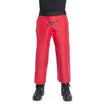
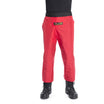
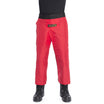
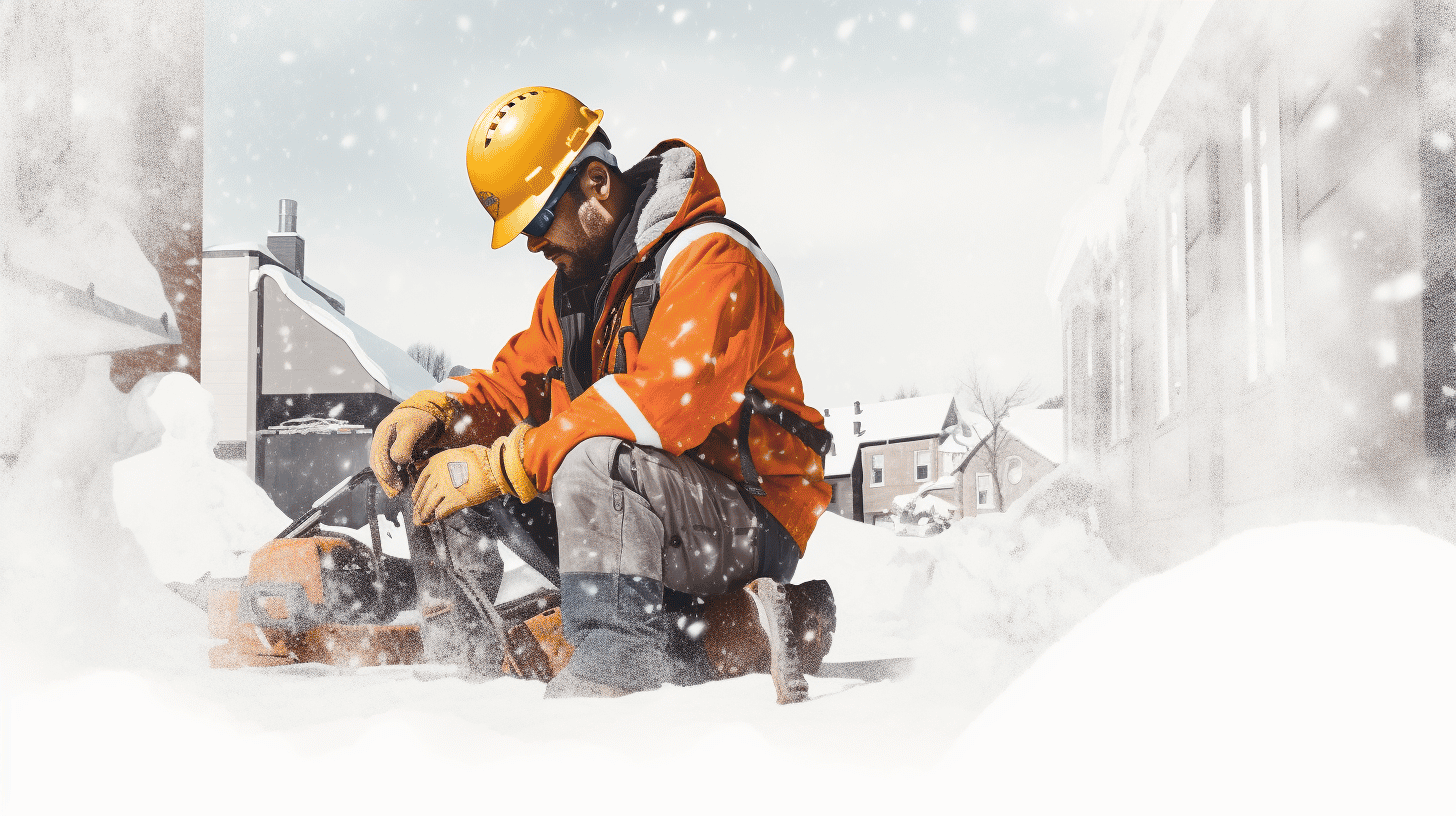
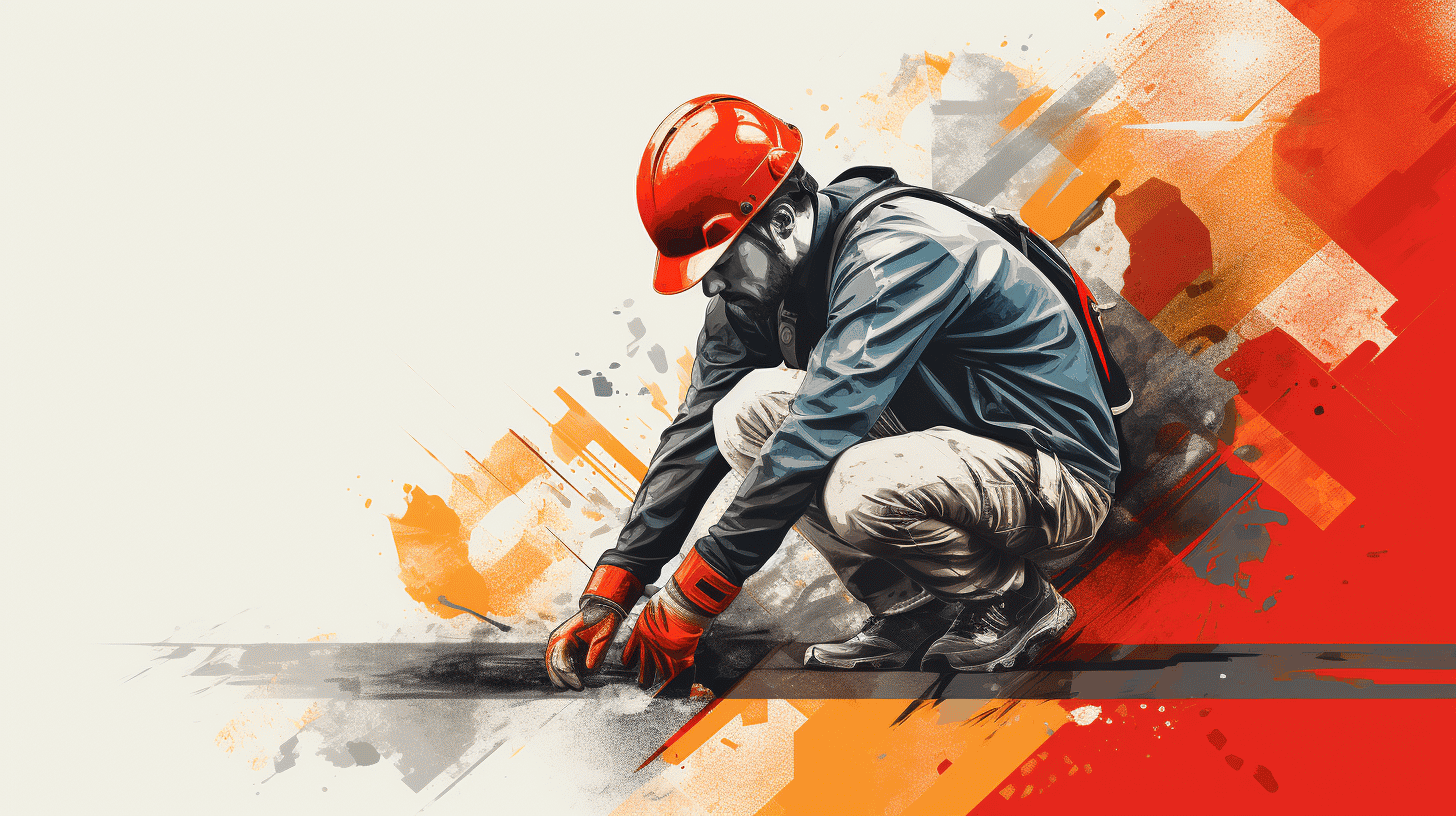

Leave a comment
This site is protected by hCaptcha and the hCaptcha Privacy Policy and Terms of Service apply.